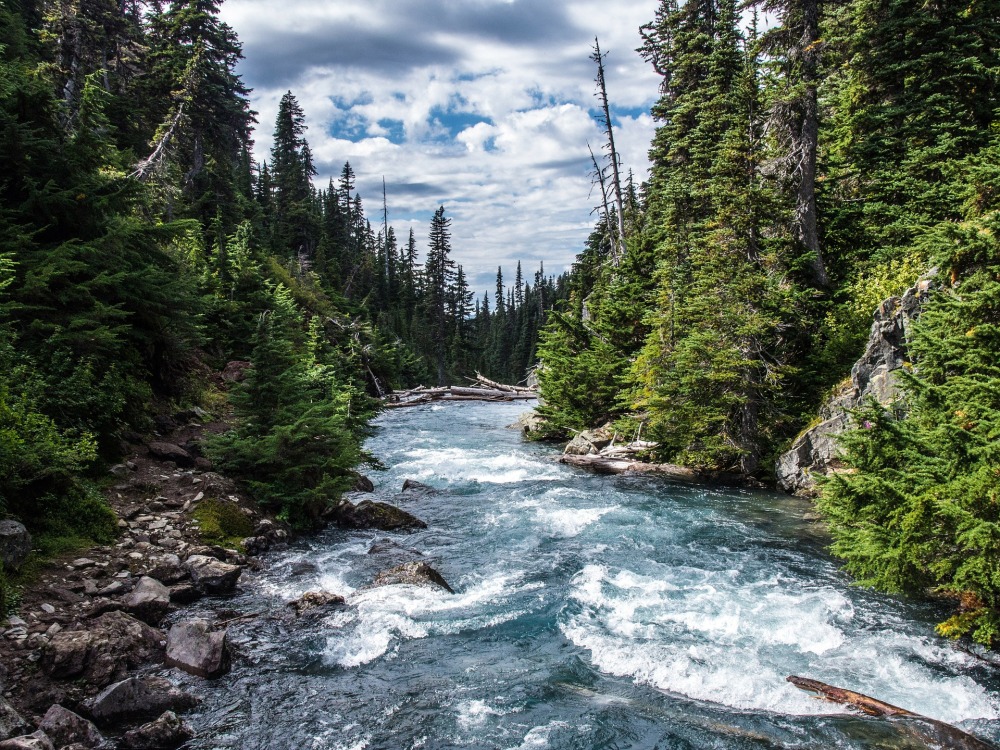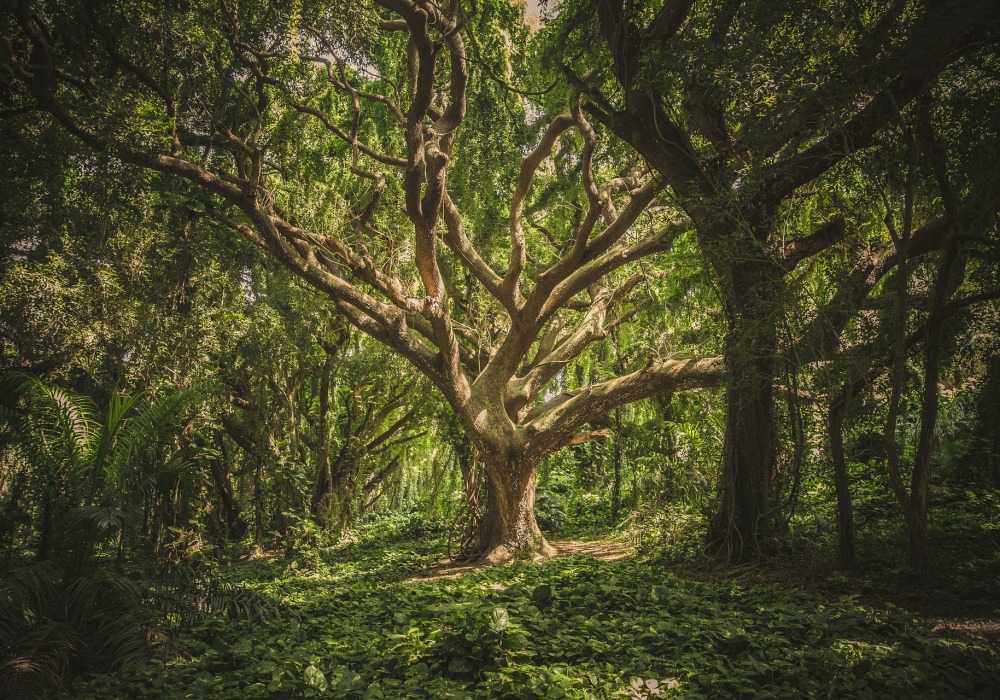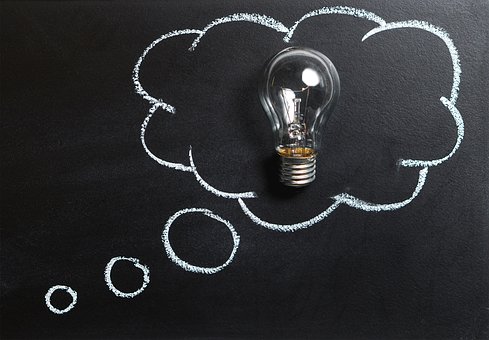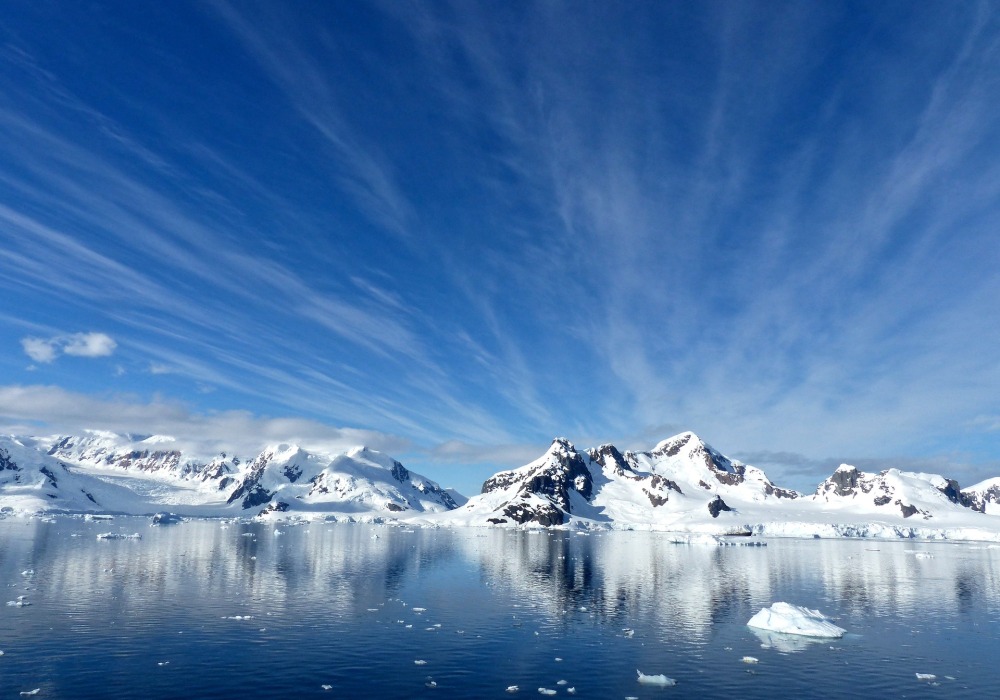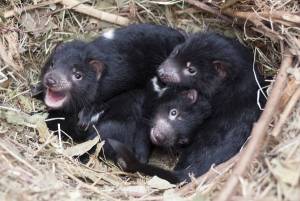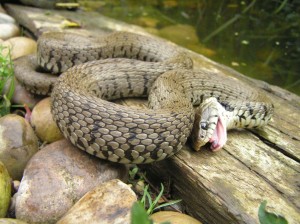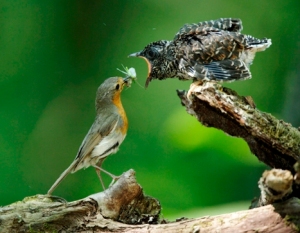
Death By A Thousand Cuts: Semenyih River
Urbanisation is both essential and inevitable in developing countries, however, the consequent impacts on the natural environment is one that needs to be seriously addressed. Here we look at two river sites in Semenyih, Malaysia, to better understand the impacts of urbanisation on local rivers.
Urbanising Semenyih
Semenyih is a rapidly developing town on the outskirts of Greater Kuala Lumpur, Malaysia. Under a decade ago, most parts of Semenyih were covered in lush green secondary forests and oil palm plantations. These areas are now being cleared to pave paths for residential developments and commercial complexes. This rapid urbanisation naturally takes a toll on the surrounding environment, particularly rivers.

Site 1: Tekala River
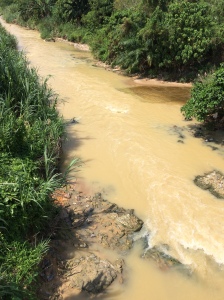
Site 2: Semenyih River
As part of an effort to assess microplastic presence in local water bodies, I tagged along on an expedition to collect water, sediment and invertebrate samples at two sites in Semenyih. The first site is an upstream tributary, called Sungai Tekala, 2-3 kilometers downstream from the Semenyih dam. Located in the midst of lush greenery and away from the hustle of town development, this tributery feeds into the main Semenyih River, which passes through Semenyih town. Site 2 is located further downstream where the main river passes through the town centre. The two sites are only a couple of kilometres apart but the differences are remarkable.
What Happened To Semenyih River?
Having spoken to river experts and locals, it turns out there isn’t just one reason for this deterioration further down the river. As the area develops, land use changes such as deforestation and building constructions are taking place at every corner. Soil erosion and sediment/ gravel runoff from these sites get washed into the river — attesting for the awful clay-like colour of Semenyih river. It’s not just one construction site in a specific area but the cumulative effect of runoff from multiple erosion points.
Then, there’s the reported factories that are irresponsibly releasing their waste effluent into the river. This doesn’t just physically degrade the river water quality but corrupts it chemically. Not forgetting runoff from agricultural and livestock waste which is common in suburban and rural areas. Finally and most visibly, waste matter from the town and its people. Garbage and litter (mostly comprised of plastics) were horrendously abundant in the river and along its banks. These causes are verified by a local study conducted on the water quality of Semenyih river (read here).

Dragonfly larvae sampled at Site 1 (Tekala River). Dragonflies are highly sensitive to water quality and so can be used as an indicator for high quality habitats. We did not expect to sample dragonfly larvae at Site 2 (Semenyih River).
What Can Be Done?
There isn’t a straight-forward answer to mitigating such circumstances. River restoration or rehabilitation is a highly challenging endeavour, not to mention a costly one. The many variables that have caused this river to become so severely degraded, need to be addressed and mitigated if there is to be any hope of rectifying the damage.
The problems ultimately stem from poor management of projects that have little regard for their impacts on the environment. I mean, some of the news articles on this issue are just outrageous (read: The Star). Changes in the system need to take place at a high level, with government agencies in particular needing to monitor and enforce laws for better environmental management. For instance, enforcing strict regulations on responsible chemical waste disposal and imposing fines when regulations are breached. Better project management is essential particularly in the industrial sector, e.g.. precautionary measures for sites that are at high risk of sediment erosion.
As lay people, we can prevent further degradation of the river by any means within our capacity, from cleaning up the existing physical waste to creating awareness through environmental education. After all, it’s not just the invertebrates losing their habitats, we too are losing the bountiful ecosystem services these rivers provide for us (read: Relying On The Environment: Ecosystem Services).
Cover image from Pixabay (2019). All other images belong to the author.
References:
Fawaz Al-Badaii, Mohammad Shuhaimi-Othman, and Muhd Barzani Gasim. (2013). Water Quality Assessment of the Semenyih River, Selangor, Malaysia, Journal of Chemistry, http://dx.doi.org/10.1155/2013/871056.
The Star (2016). Sungai Semenyih constantly under threat. https://www.thestar.com.my/metro/community/2016/11/22/river-constantly-under-threat-sungai-semenyih-is-still-in-peril-of-being-polluted-as-factories-are-r/


